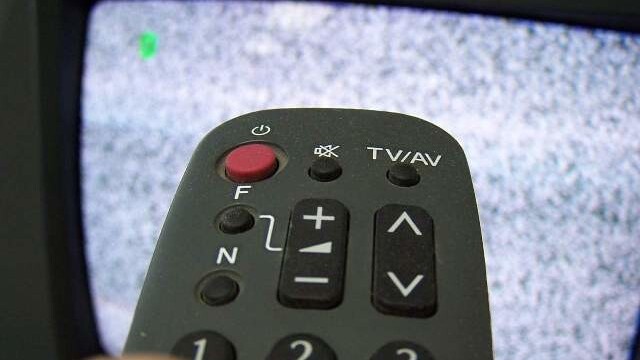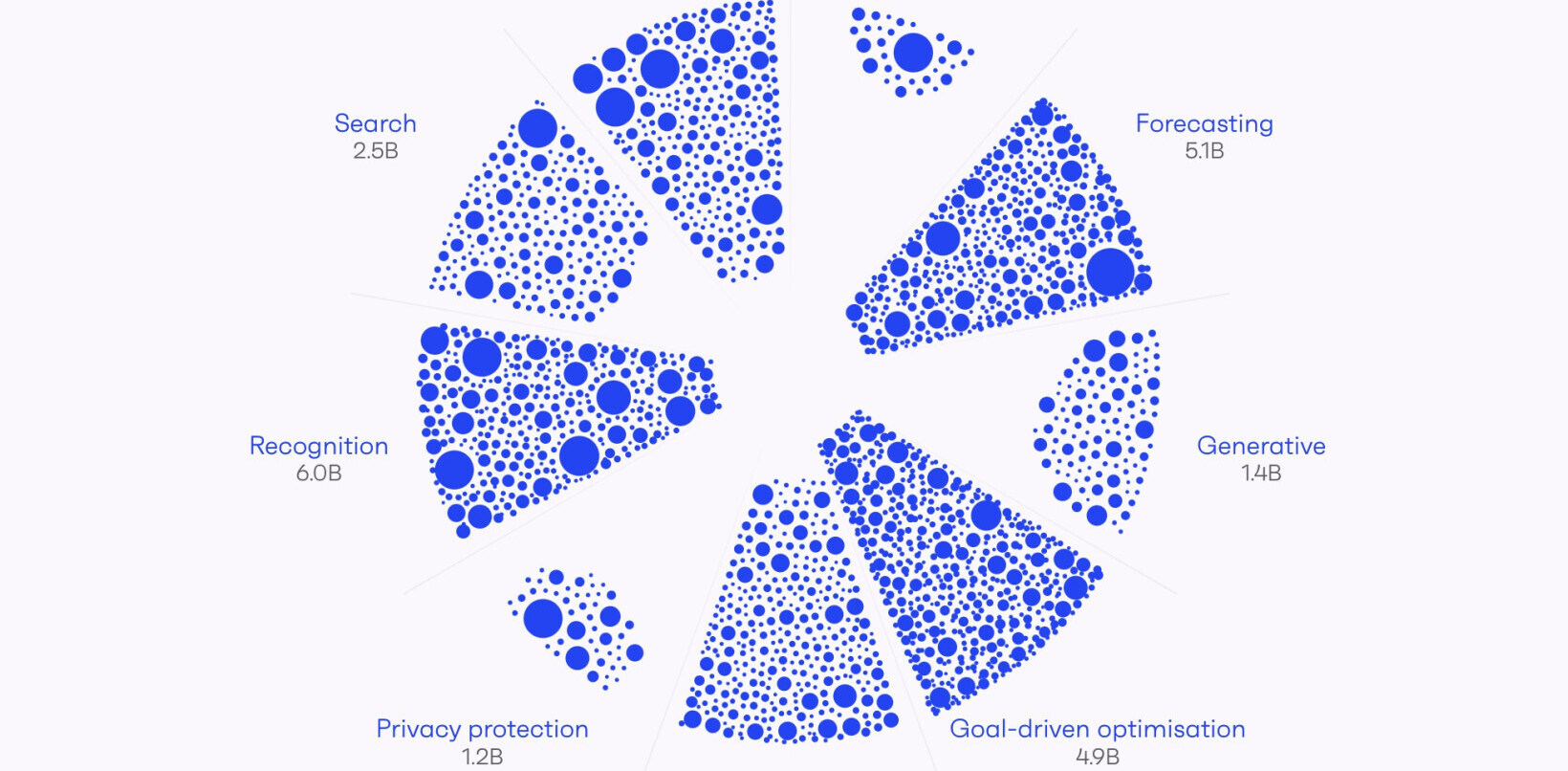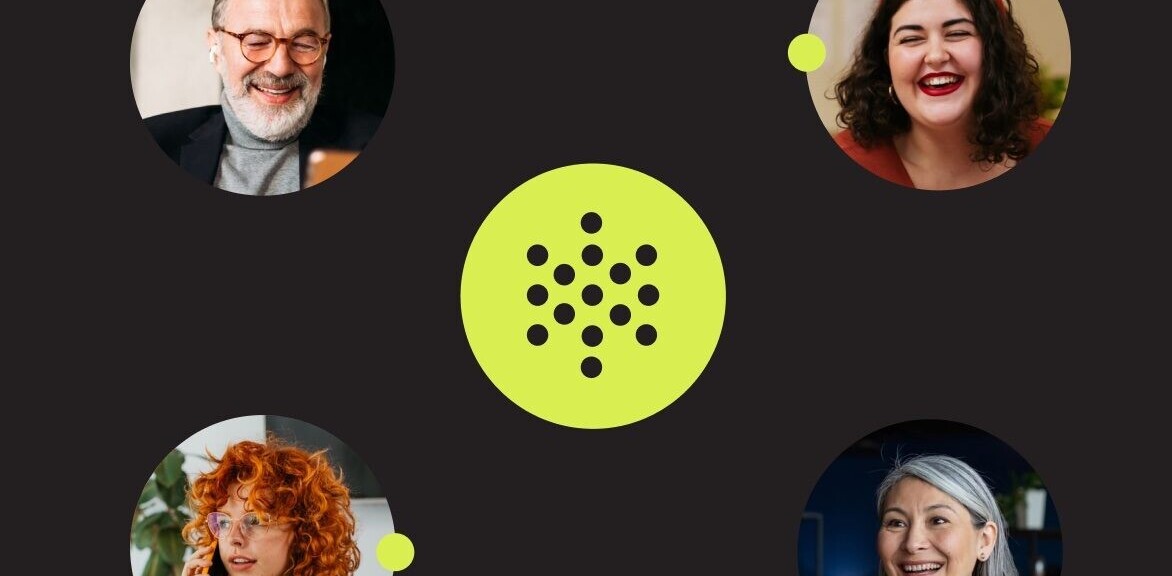
Have you ever found yourself sprawled on the sofa in front of the TV, with either your laptop, tablet, mobile phone – or maybe all three – by your side for easy access? If this scenario sounds foreign to you, then it seems you may be in the minority.
A study into TV viewing habits in the UK has found a massive growth in what’s known as ‘media stacking’, with more than three quarters (76%) of viewers surfing the Web on their laptops, or using their mobile phones and tablets whilst simultaneously consuming their favourite TV shows.
The 2011 Social TV Trends Report was commissioned by PR and social media agency Diffusion, and carried out by research company YouGov, focusing on 2,025 online consumers in the UK.
General Web-browsing is the most popular activity with 62% of UK TV-viewers surfing while watching TV, followed by mobile phone use (46%). In terms of social media, it’s perhaps not too surprising that 38% of those surveyed used Facebook whilst watching TV.
Social media: Making TV a ‘virtual’ communal experience
According to the 2011 Social TV Trends Report, 43% of UK adults have commented or discussed a TV show with people based elsewhere – whether that’s with friends on social networks or other fans on dedicated programme sites, such as Facebook fan Pages. It seems that women are more likely to be doing so too (50%), compared to 37% of men.
Whilst 18-34 year olds are the most prolific commentators (68%), the study found that 18-24 year-olds are the most prone to media-stacking in general, with 96% confessing to ‘media multi-tasking’, but 63% of those aged over 55 admitted to doing so as well.
What this means for the future
Back in August, we wrote about the future of iPlayer in the UK, looking at the correlation between TV viewing habits and the proliferation of mobile devices. There has been a 46% growth in iPlayer use on mobile since December 2010, and by 2015, smartphones will have a 70% penetration in the mobile market, meaning that this will grow as a platform for watching TV too.
BBC iPlayer on the iPad reached 1m downloads in August, and 74% of iPads in the UK are being used to watch catch-up TV, whilst a third are being used to watch live TV. But here’s the really interesting part. The peak time for linear TV (where the viewer has to watch a scheduled TV program at a set time) is 8pm in the UK, and the peak time for iPlayer has traditionally been several hours after. In short, users watch what they want on TV at the time of broadcast, and then go to iPlayer and catch up on what they missed. But with the iPad the peak viewing time for iPlayer is moving closer towards linear TV. In short, people are using tablets as TVs.
So it will be interesting to see what long-term effect the tablet revolution will have on so-called media-stacking habits. Will users watch live TV on their iPads, whilst discussing programmes on Facebook through their smartphones? Throw into the mix the growth of Internet-enabled TVs, and it’s clear the entire TV-viewing landscape is changing – mediums are merging and the boundaries between ‘Internet’ and ‘TV’ are clearly blurring.
Get the TNW newsletter
Get the most important tech news in your inbox each week.




